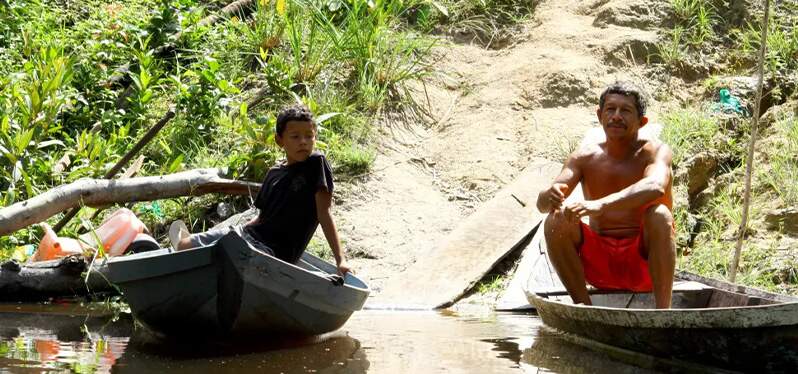Posted in: 04/28/2022

An unpublished study revealed one more of the possible consequences of the increase in deforestation in the Amazon : the higher incidence of cases of anemia in children in the region, especially in the most vulnerable communities.
The research, published in Scientific Reports magazine , is the result of a partnership between the Oswaldo Cruz Foundation (Fiocruz), the University of São Paulo (USP), the University of Pará and the British University of Lancaster.
The advance of deforestation in the Amazon, according to the results of the study, has directly impacted the consumption of wild animal meat , one of the main components of the diet of rural, indigenous and riverside communities in the region.
For children aged 6 months to 5 years old , the group analyzed by the research, the consequences of the reduced supply of wild meat as a result of deforestation have been serious for both development and health , leading to an increase in cases of anemia .
When compared to national numbers , which point to one case of anemia in every ten children , the rural Amazon has a much higher average: six children out of ten had iron deficiency and low amounts of hemoglobin in the blood. Deficits in physical and cognitive development are pointed out as the main implications of anemia and food insecurity, according to specialists.
The imbalance caused in the region, according to the research, points out not only one of the consequences of deforestation , but a paradox between the fact that the area is being deforested mainly to open pastures for the production of beef – rarely consumed by the impacted communities , whose main food source is game meat.
We selected the main vehicles that publicized the theme. Check out!
How deforestation can increase anemia in children in the Amazon
How deforestation can increase anemia in children in the Amazon
Study reveals connection between deforestation and anemia in Amazonian children
Sign up and receive our news.